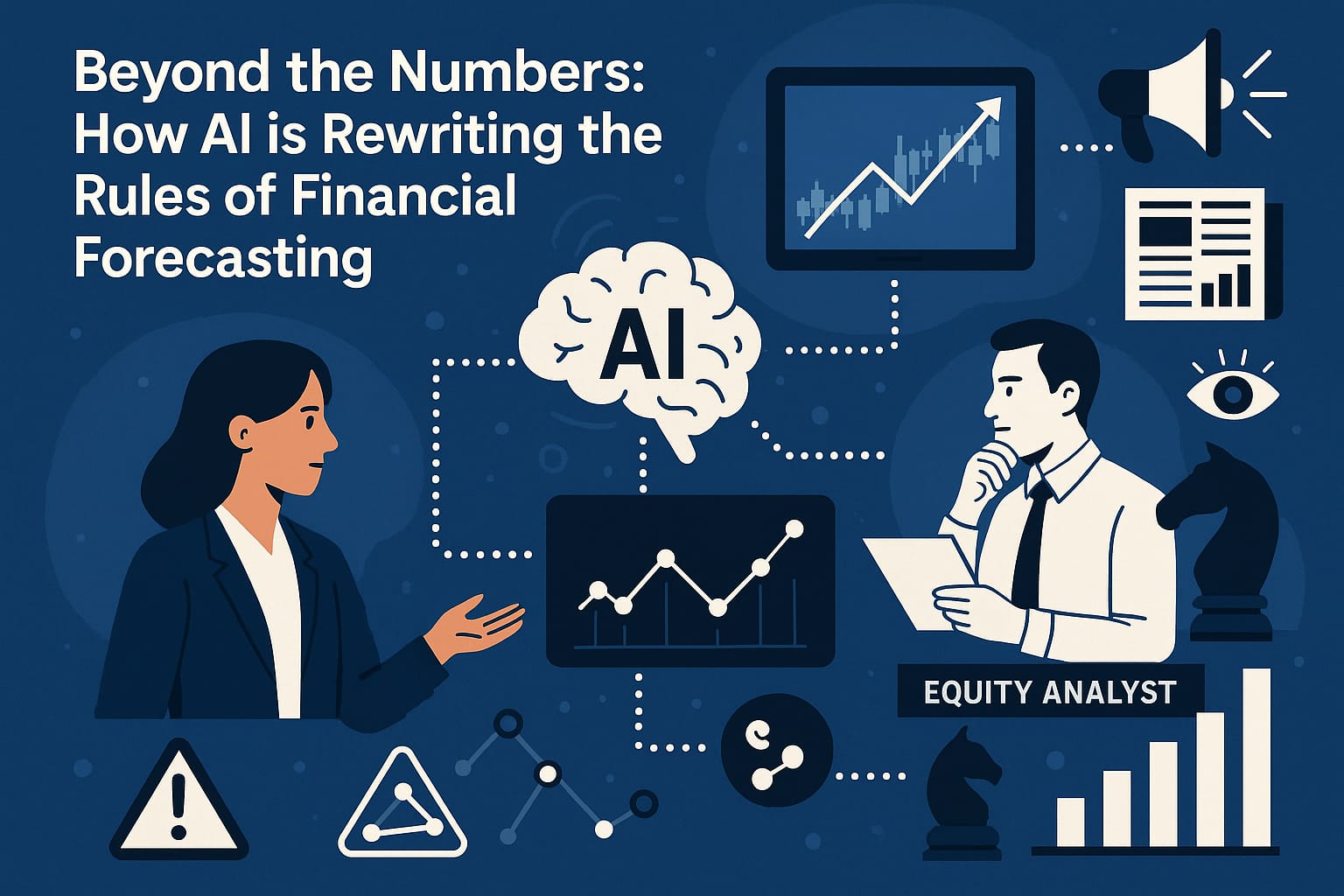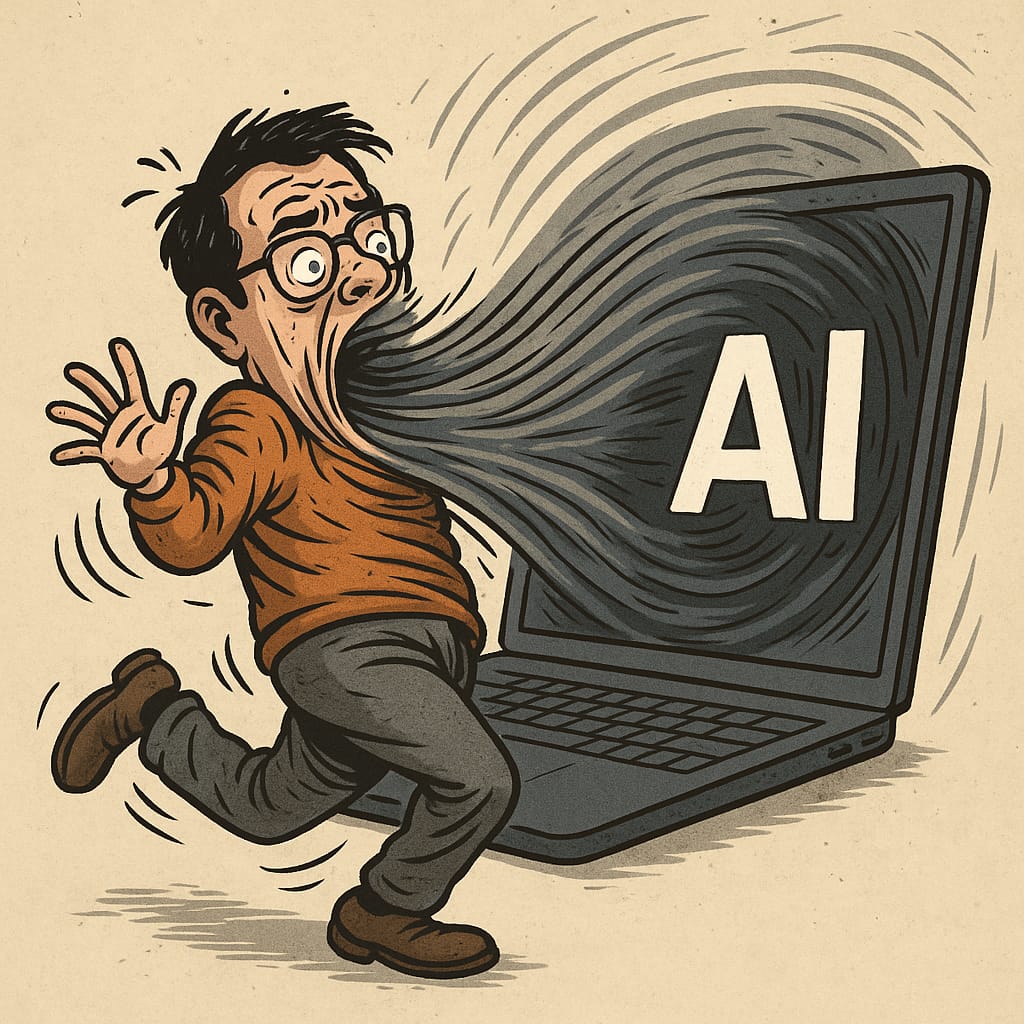Addressing Job Displacement Concerns
Let’s explore Addressing Job Displacement Concerns, by discussing how the integration of collaborative robots (cobots) into the workforce not only enhances productivity but also offers opportunities for upskilling and job transformation:
Complementary, Not Replacing
A common concern surrounding automation, including cobots, is the fear of job displacement. However, the relationship between cobots and human workers is not one of replacement, but rather collaboration. Cobots are designed to complement human capabilities, taking on repetitive or physically demanding tasks while humans focus on tasks that require creativity and critical thinking.
Creating New Job Roles
The integration of cobots often leads to the creation of new job roles. As businesses adopt automation, there is a growing need for roles related to cobot programming, maintenance, supervision, and process optimization. These roles require different skill sets and contribute to the evolving job landscape.
Upskilling Opportunities
Cobots provide opportunities for upskilling and reskilling. Human workers can undergo training to learn how to operate, program, and maintain cobots. This upskilling not only enhances individual employability but also prepares the workforce for the changing demands of industries.
Higher-Value Tasks
With cobots handling routine tasks, human workers are freed to focus on higher-value activities. This shift in job responsibilities allows humans to engage in tasks that require creativity, problem-solving, decision-making, and complex interaction – areas where human skills excel.
Innovative Roles
The collaboration between humans and cobots paves the way for innovative roles that involve overseeing the interactions between humans and machines. For instance, roles that involve monitoring, troubleshooting, and optimizing cobot operations are becoming increasingly important.
Human-Machine Partnership
Addressing job displacement concerns requires a shift in mindset toward viewing cobots as partners rather than replacements. The synergy between humans and cobots creates a human-machine partnership that leverages the strengths of both to achieve optimal outcomes.
Supporting Economic Growth
By enabling businesses to automate repetitive tasks, cobots contribute to operational efficiency and cost savings. This, in turn, supports economic growth, job stability, and the creation of new opportunities across various industries.
Transition Period
During the transition to a cobot-integrated workforce, proactive measures such as workforce planning, retraining programs, and open communication are essential. This ensures that workers are well-prepared for changes and can adapt to new roles effectively.
Conclusion
The collaboration between humans and cobots challenges the notion of job displacement by fostering a landscape of job transformation and upskilling. Rather than fearing automation, industries can embrace cobots as catalysts for innovation, improved productivity, and the creation of a workforce that thrives in a technologically advanced environment. The careful integration of cobots, combined with thoughtful workforce development strategies, sets the stage for a future where humans and machines work together harmoniously.

SHOP tips
Cobots on Amazon
The future of work on Amazon
The future of cobots on Amazon
Thank you for questions, shares and comments!
Share your thoughts or questions in the comments below!
Source OpenAI’s GPT language models, Fleeky, MIB, & Picsart





